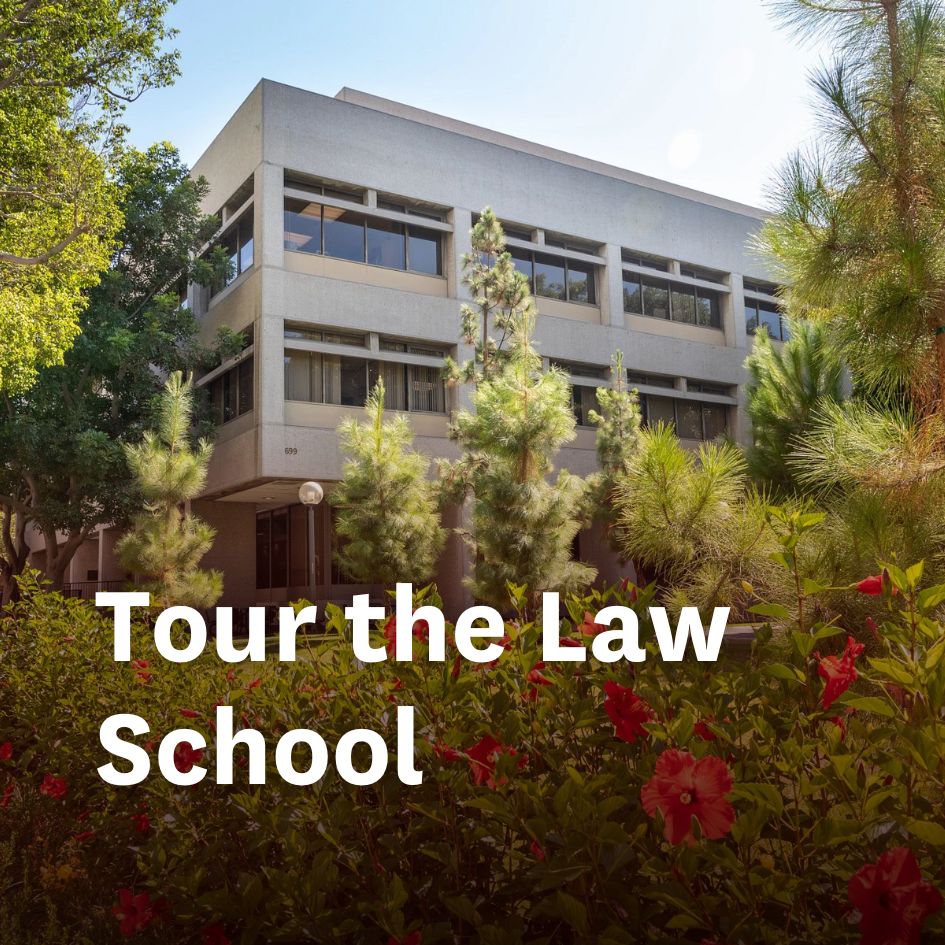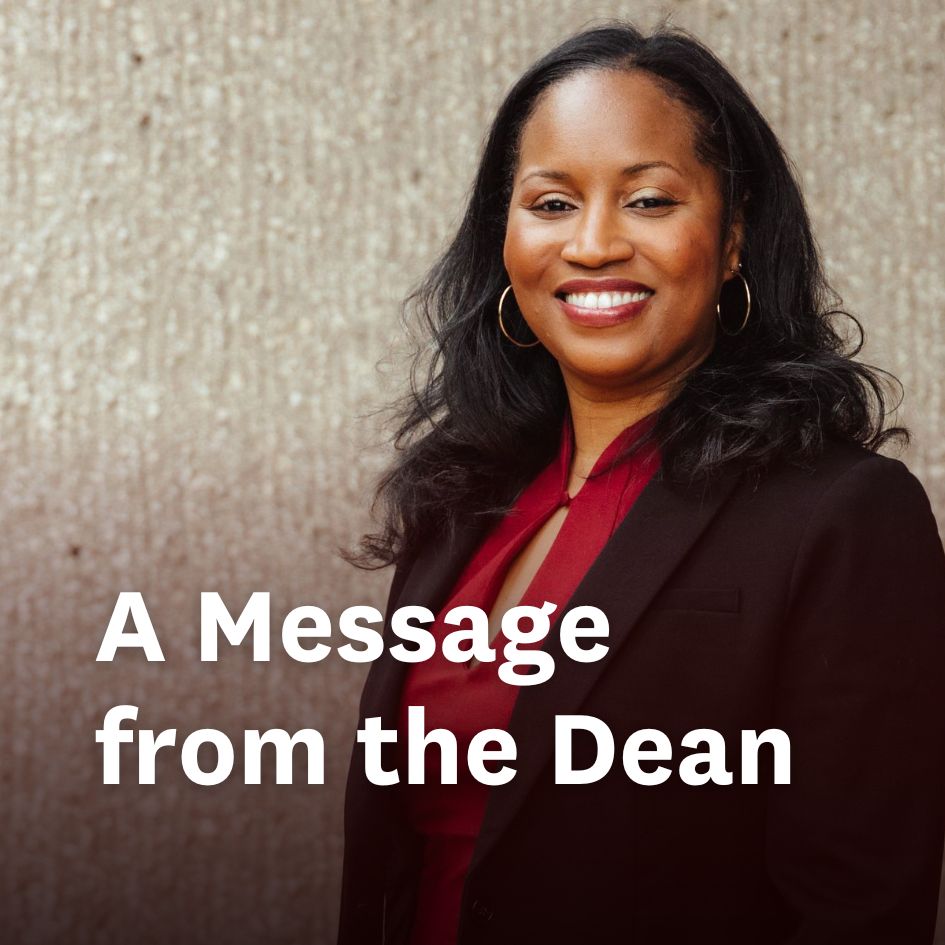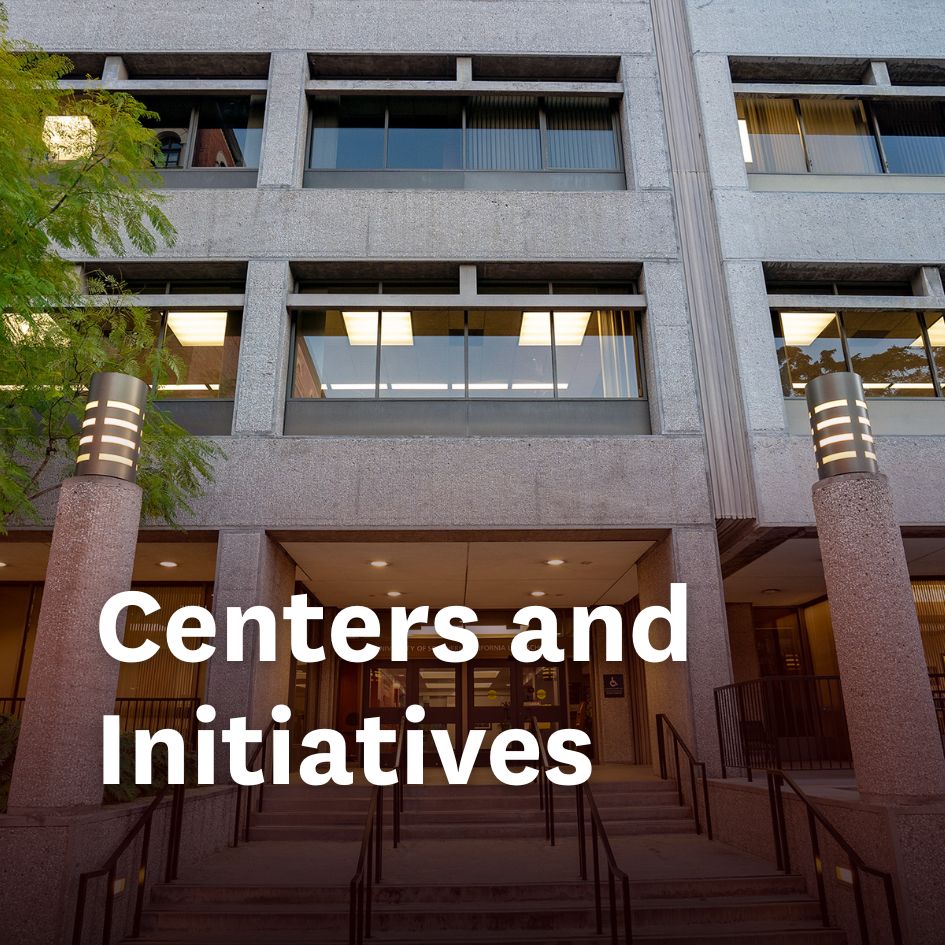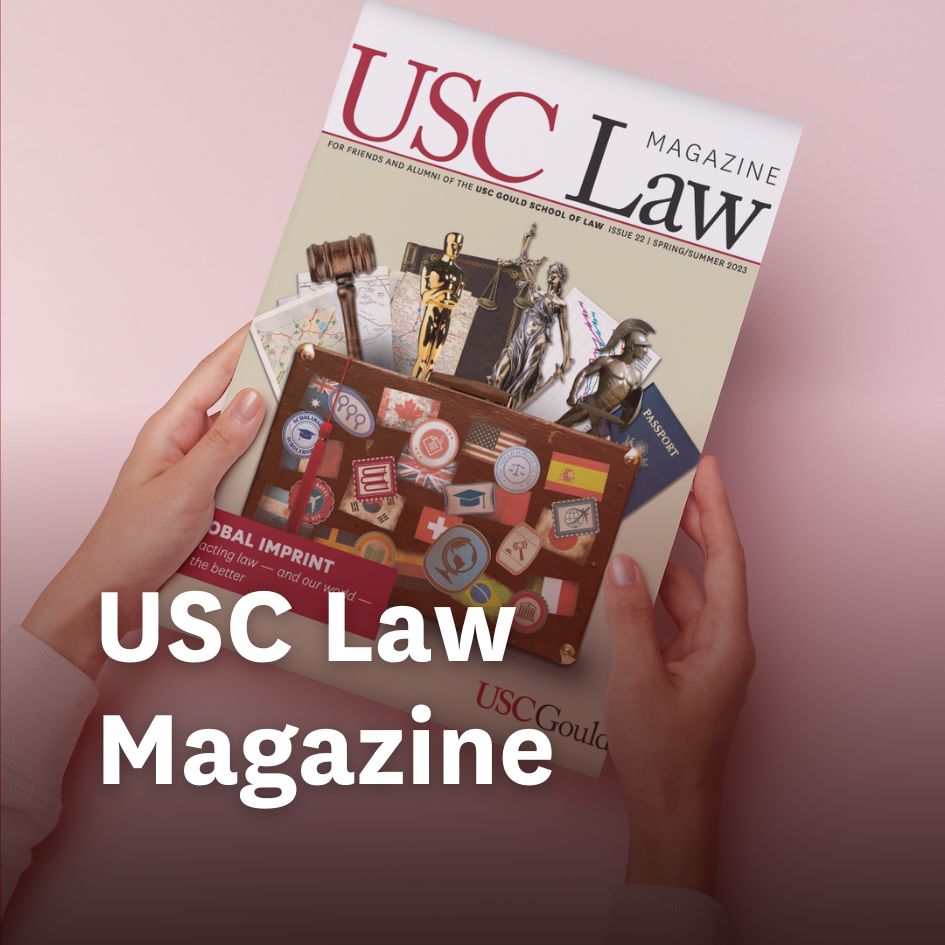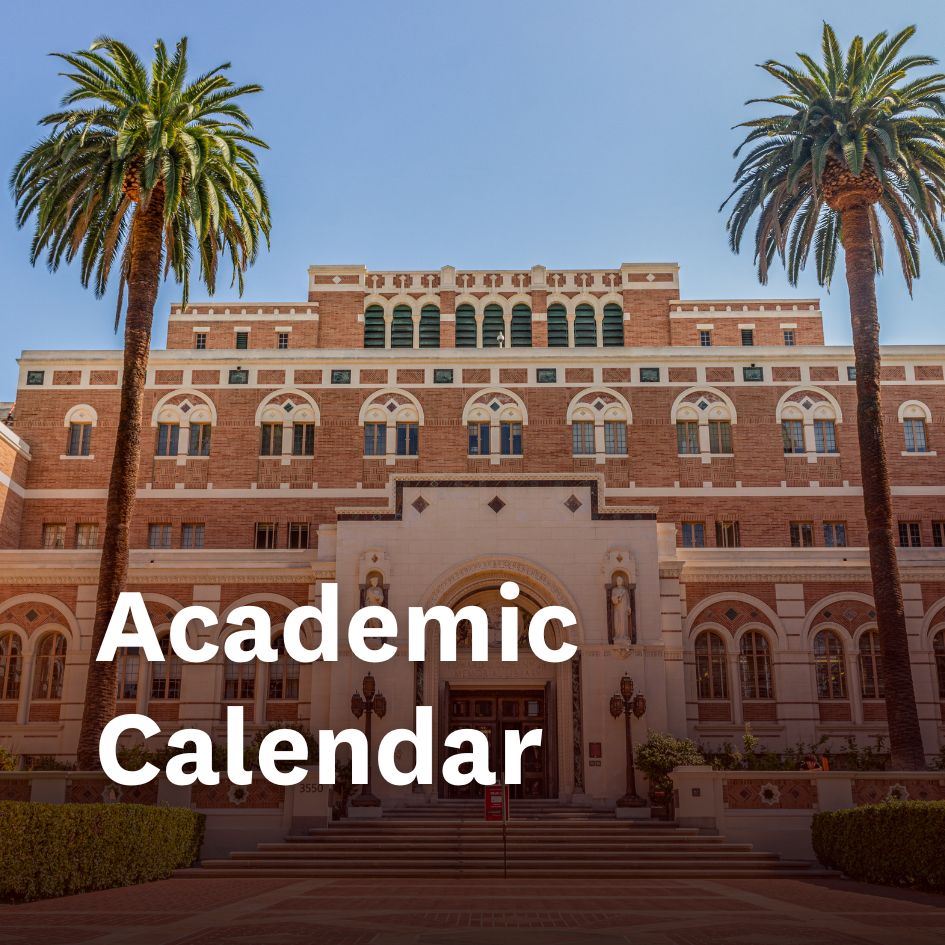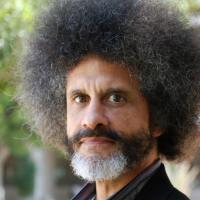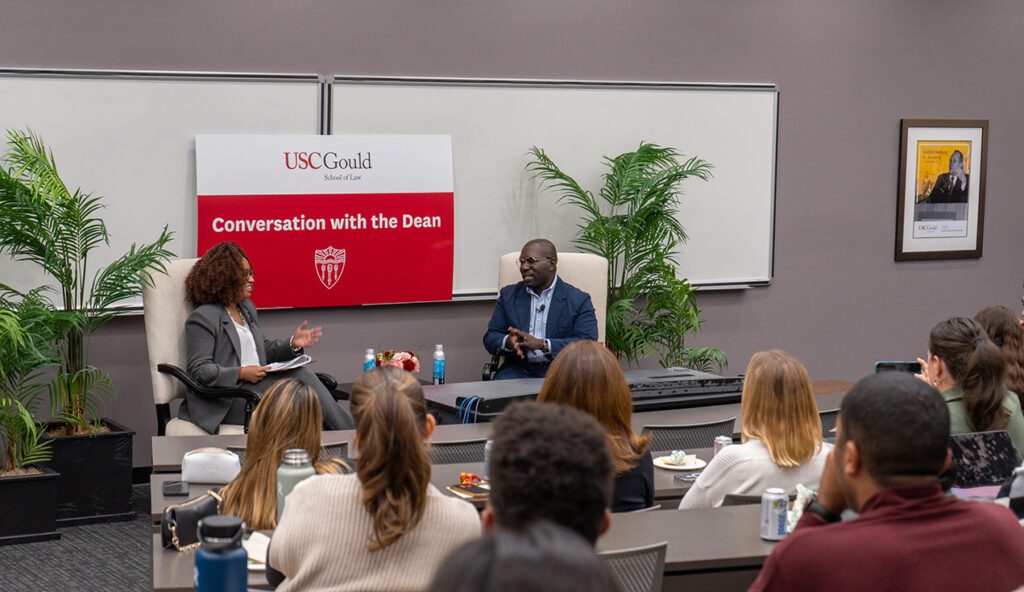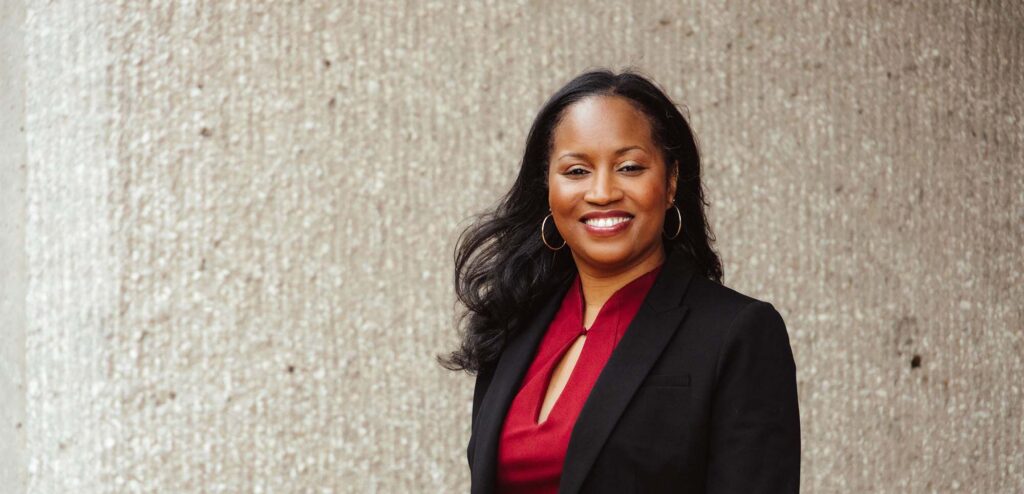As marches against police brutality and systemic racism continue across the United States, USC experts predict what the responses from Donald Trump and Joe Biden will mean in November.
By Jenesse Miller
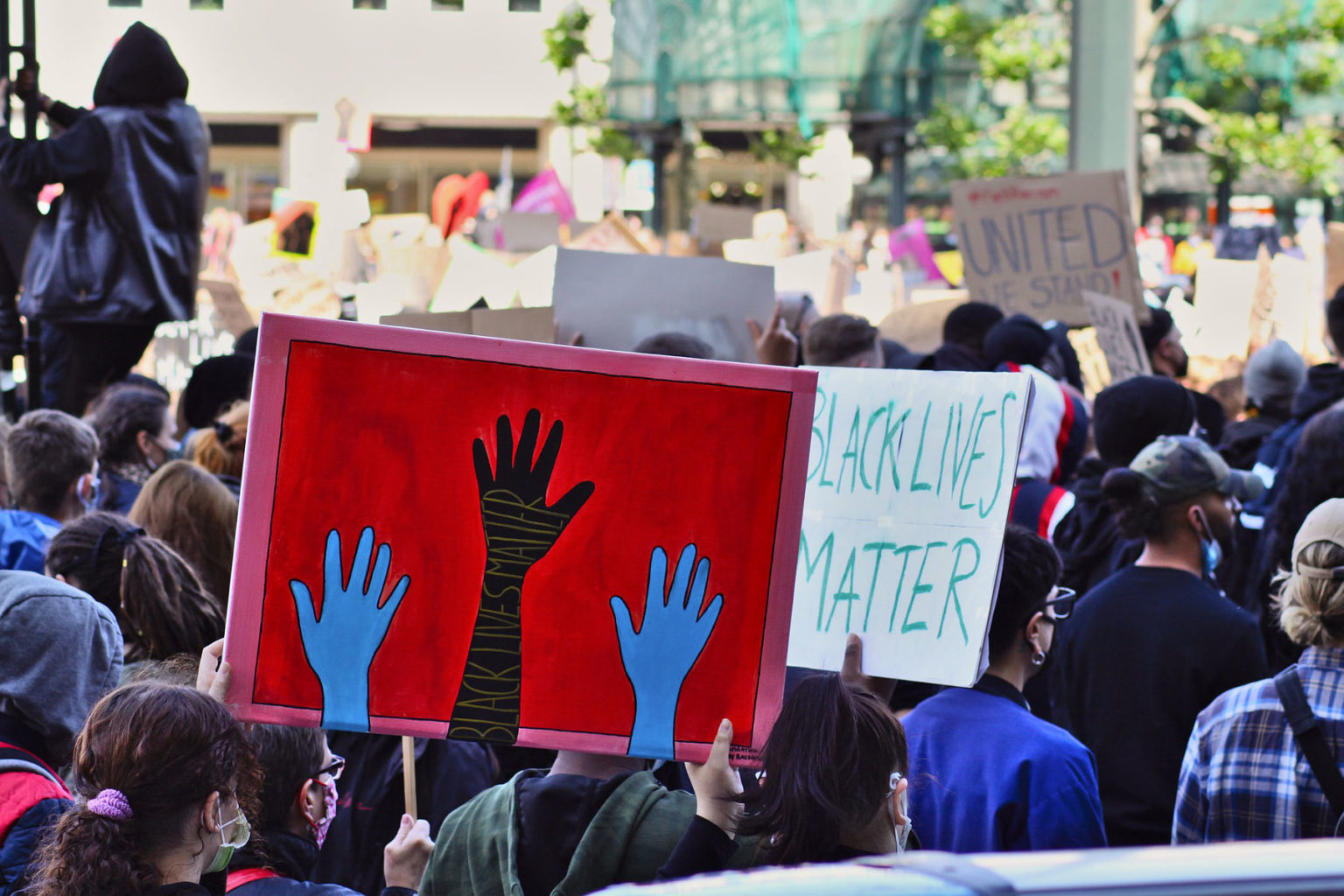 |
| How the two presidential candidates respond to nationwide protests may end up deciding the upcoming election. |
As the 2020 election approaches, protests have erupted in U.S. cities and towns against high-profile police killings and shootings of Black people, including George Floyd in Minneapolis and Jacob Blake in Kenosha, Wis. President Donald Trump has elevated the civil unrest as a major election issue, describing the protesters as “thugs” and “left-wing mobs.”
Political observers say that amid criticism for his handling of the COVID-19 pandemic, Trump is trying to change the narrative by positioning himself as the candidate most qualified to uphold “law and order” and preserve what he called the “suburban lifestyle dream.” On a related issue, the president says his opponent, former Vice President Joe Biden, would build more affordable housing in suburban communities — which he claims will lead to an increase in crime there.
Biden has fired back, saying the president himself is “recklessly encouraging violence” and that Trump can’t stop the violence because “for years he’s fomented it.”
Candidates try to capitalize on polarizing protests before 2020 election
Both Biden and Trump made plans to visit Kenosha in the wake of the civil unrest in that city. Trump toured businesses that had been damaged during riots and praised law enforcement, while Biden’s campaign announced he would hold a community meeting and speak with the family of Blake, who was shot seven times by police.
Each candidate’s actions were carefully choreographed to appeal to specific voters among their respective bases of support, but will their plans work?
“Black Lives Matter protests shifted public opinion on systemic racism and sparked calls to defund police departments, but it’s still unclear whether the racial unrest roiling the streets of America will help or hurt the presidential candidates for both parties,” said Jody David Armour, Roy P. Crocker Professor of Law at the USC Gould School of Law.
(2).JPG) |
| USC Gould Professor Jody Armour says it's not yet clear whether racial unrest will help or hurt the Presidential candidates. |
Armour, who studies the intersection of race and legal decision-making, has thought about how Biden and his vice presidential pick, Sen. Kamala Harris, could seize the moment: “Whether the candidates at the top of the ticket for Democrats, both of whom been staunch supporters of law enforcement, can capitalize on the movement’s energy may depend on whether they can convince voters that they’ve seen the light and now recognize the need for real criminal justice reform.”
He’s also considered how Trump’s reelection campaign will use the media coverage of civil unrest – specifically rioting and property damage – to appeal to voters.
“Whether those at the top of the Republican ticket can capitalize on this political moment depends on whether they can frame the protests as proof of the need for ‘law and order’ approaches to social problems and can galvanize their base through appeals to ethno-nationalism and white identity politics,” he said.
Explaining Trump’s tweets about ‘suburban housewives’
The use of racially coded language has long been a go-to strategy for Trump, observed Erroll Southers, the director of the Safe Communities Institute’s Homegrown Violent Extremism Studies program and professor of the practice of governance in the USC Price School of Public Policy.
“Phrasing like ‘America first,’ ‘thugs,’ ‘suburban housewives’ and most directly the ‘fine people on both sides’ remark are thinly veiled messages to a largely white demographic,” Southers said. He warned that the rhetoric could lead to more political polarization and violence.
“The combination of political speech and militias that encourage extremist views, and fear of progressive change have all contributed to an us-versus-them narrative. Today, that has centered around the rule of law, and in particular, police reform and public condemnation of systemic racism and abuse of authority.”
Affordable housing policies come under scrutiny
“As recently as last year, the Trump administration was fighting on behalf of affordable housing in the suburbs,” said Daria Roithmayr, the Richard L. and Antoinette S. Kirtland Professor of Law at USC Gould. “Housing and Urban Development Secretary Ben Carson railed against the ‘not in my backyard’ mentality that stands in the way of high-density, multifamily affordable housing.”
She pointed to an executive order Trump signed last year, which “cited, with approval, an Obama administration rule that compelled local governments to take affirmative steps towards affordable housing.”
Roithmayr, whose expertise includes structural racism in labor, housing, wealth and education, said that Trump has “suddenly reversed course in the run-up to the election to pander to white, single-family homeowners in the suburbs.”
“This isn’t dog-whistle politics, coded in order to avoid being labeled racist,” she said. “It’s an open call of ‘Here, bigot, bigot’ aimed at mobilizing white racial fears of mixed-income and multiracial neighborhoods.”
Karen Tongson, the chair of gender and sexuality studies and professor of English, American studies and ethnicity at the USC Dornsife College of Letters, Arts and Sciences, agreed.
“Trump is using outdated and segregated ‘suburban’/ ‘urban’ distinctions to capitalize on fear and racial panic to motivate voters at the ballot box,” she said. “His inflammatory rhetoric about suburban degradation and ‘law and order’ plays upon a well-known historical narrative of ‘white flight.’ It reinforces a segregated imaginary scenario that places the purportedly white suburbs in opposition to Black and brown cities.”
Tongson, whose research interests include suburban studies as well as popular culture and queer and gender studies, pointed out that the president’s characterization of the suburbs ignores demographic transformations over the last several decades: “The suburbs, in some instances, have actually become important, thriving enclaves for immigrants and people of color. This is especially true since ‘urban revitalization’ and gentrification began to displace and relocate communities of color into the suburbs, most notably in the American West, in the 1990s.”
What do the polls tell us about white suburban voters?
“In 2016, suburban voters gave Trump the presidency. In 2018, they were the lever that gave Democrats back the House of Representatives,” said Robert Shrum, the director of USC Dornsife’s Center for the Political Future and a veteran political strategist and consultant.
According to the latest USC Dornsife Daybreak Poll, Biden has a 13-point lead in the suburbs and support of white people in the suburbs for Trump and Biden is now tied.
“I think that’s why Republicans are talking about how the suburbs are going to be invaded and destroyed,” Shrum said. “Obviously it’s still early and we don’t know the full impact and future course of the ongoing racial strife and the two nominees’ reactions to it. But one thing is clear: Trump starts the fall campaign in a weaker position than any incumbent since George H.W. Bush.”


